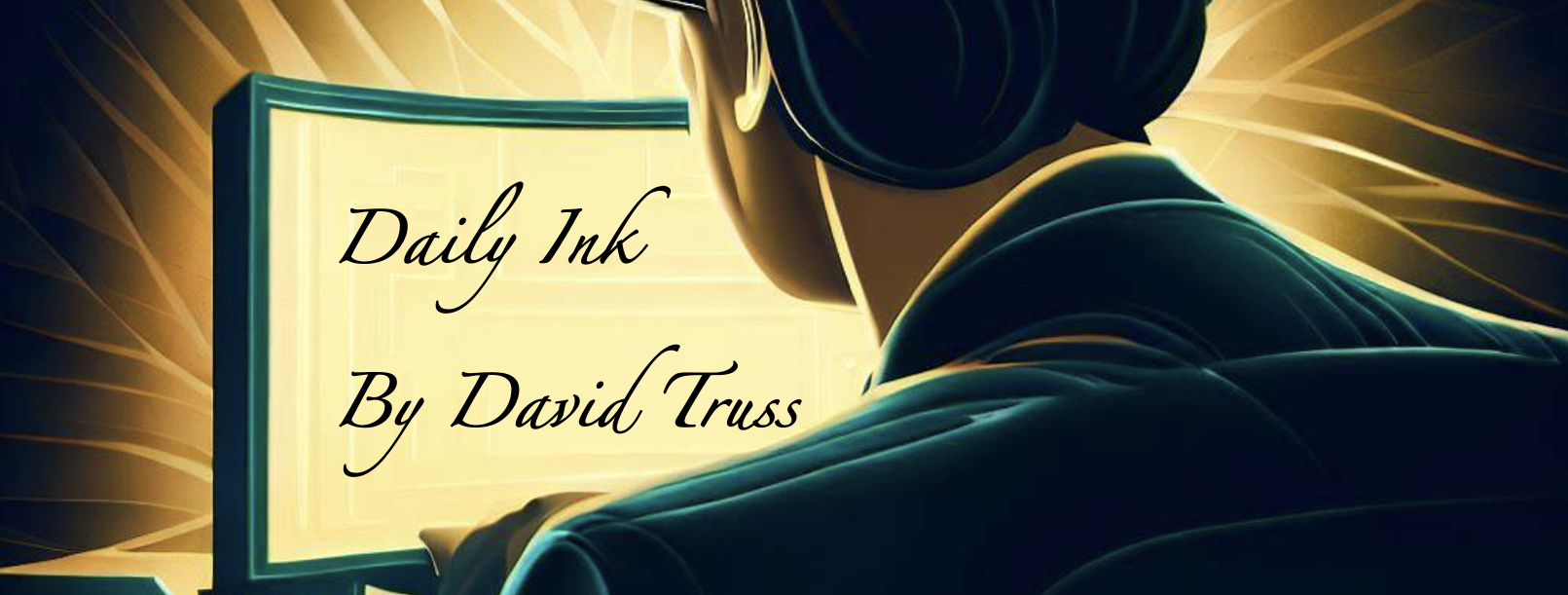We no longer have an opportunity to be centrist. Extremes on either side make this challenging. Being centrist is too hard, hated by both sides because if you aren’t way over here on ‘our’ side, you lack the merit of being associated with ‘us’, so you belong with ‘them’. Rather than being seen as partial to common interests you are lumped in with everyone else that is not on ‘our’ extreme.
Examples: Liberal minded but worry about immigration? Well you may as well be fully right wing conservative. Believe in equal opportunities for gay marriage? Well then you might as well be a bleeding heart liberal, no matter how else your views may be conservative.
There used to be a bell curve where most people were not on the extremes, rather more centrist, more in the middle. That curve has inverted and flattened. Less people are ‘in the middle’ and more people are veering to the extremes. And it’s not getting any better because any political candidate who appeals to the center is not appealing to the masses. The once peripheral minorities are now a divided majority.
There is no room for nuance. No debate, just argument. Dichotomies, not a spectrum of ideas. But global issues are not well defined into clearly opposing views. Electric vehicles can be a net good while the environmental cost of dead batteries pose a problem. We can provide rights for some without taking them away from others. We can have strong border policies, and be both discerning and compassionate. We can disagree and not vilify, argue and not attack, debate facts and dismiss logical fallacies.
We can… but will we? Or are the propaganda machines too powerful right now? Are we entering an era where truth is elusive, and biased AI created videos constantly exaggerate perspectives? An era where fact checking is a requirement before accepting information? Throw in ad hominem, personal attacks, and intentional foreign interference focused on deepening polarization, and anti-social social media, and I’m afraid to think about where we are headed.
The bell curve majority of moderate thinkers have dispersed to the extremes, and these extremes are dragging everyone out of the middle. It’s 2024 and I can go on social media and watch a live debate between a scientist and a flat earther, and despite the evidence to the contrary, no flat earther is going to change their mind. I can find a bible prophecy that ignores wild extrapolations and factual inaccuracies, and no countervailing points will be accepted. I can find intelligent people arguing biased and counter factual points, and putting their intellect aside blindly to support a point, a belief, a perspective, or even a political candidate.
I’ve come to the realization that we are just monkeys. We are not civil, we are tribal animals, playing at being intelligent. We are more likely to solve disputes like other animals than we are as humans. We admire bravado, we look down on the meek, we beat our chests and vie for attention. Winning is more important than playing fair. I am safer when my tribe, my group, my monkey troop, is stronger and other troops are dominated.
The bell curve is gone, only warring tribes remain, and the fighting is just going to get uglier.
Like this:
Like Loading...











